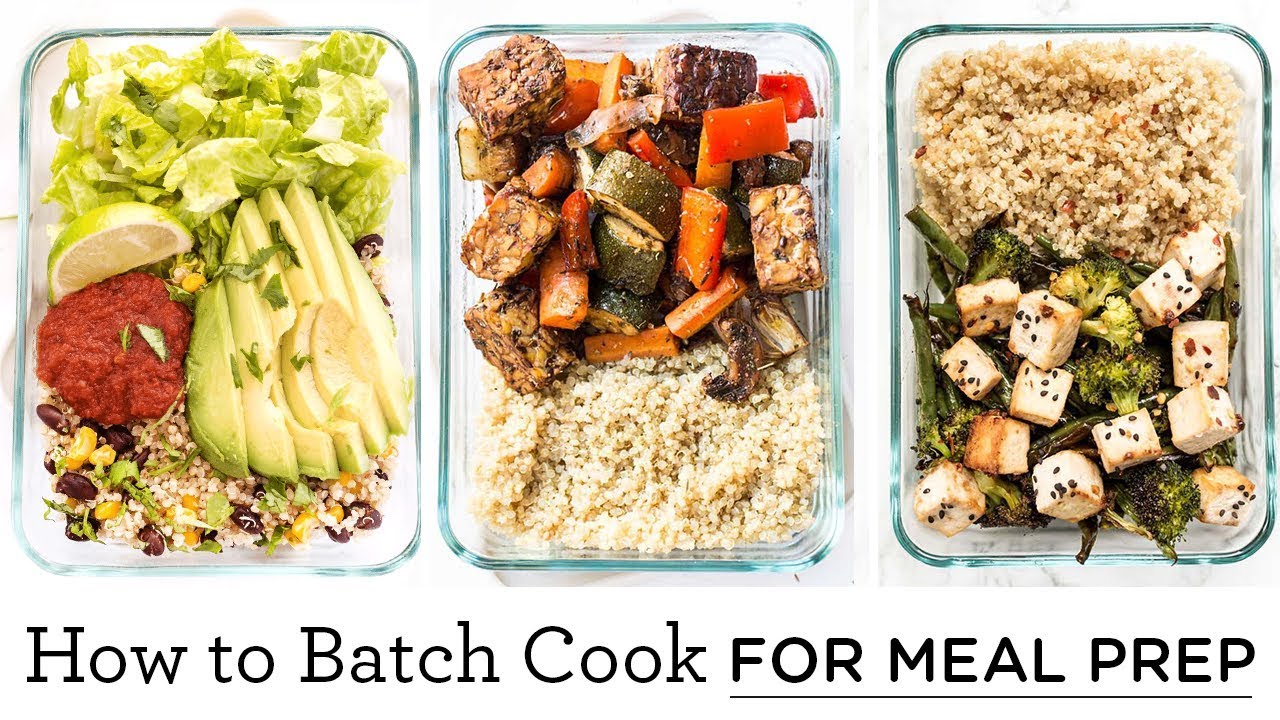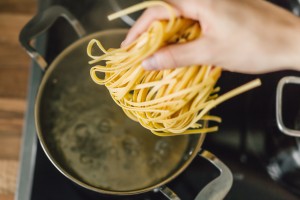
Your children should be able create a simple but effective list of cooking skills. These skills range from developing creative recipes to ensuring that the kitchen is safe. These skills are vital for your child's development. Here are some tips. Here's a sample checklist:
Check out these essential culinary skills
An aspiring chef should not only have a culinary degree but also know how to properly prepare food. These skills include the ability to identify freshness, prepare meats, fruit, and vegetables, as well as convert standard recipes into larger batches. A chef should have excellent time management skills, and an acute sense of taste and smell. In addition, he or she should be able to properly handle knives and food equipment.
Sauteing can be used to cook a wide variety of foods. Lightly sauteed vegetables and shrimp in garlic butter are particularly delicious. Braising, the oldest form of cooking, is usually done over an open fire. It is a fairly basic skill, but is still very useful. It is a basic skill that can be taught to cook. It is also important to know how to use a knife and understand safety tips.
Developing creative recipes
Creative recipes are essential to your success when cooking a meal. They are a way to show off your creativity and skills. Divergent thinking is also known as creative thinking. It allows you to think outside the box to come up with innovative ideas. This is a crucial skill in a cooking career as it allows for you to experiment with different cooking techniques and flavours and impress your customers. With a creative mind, you can also try new flavors to impress your employer. You can experiment with different flavors and come up creative themes for your meals. For creativity to flourish, you can brainstorm and research different cooking techniques.

A problem with cooking skills definitions is that they can be inconsistent. While the authors do not agree on which one is more important, they do agree that the definition of the skill should change. The authors argue that the definitions of skills should evolve from the "Golden Age", when basic cooking skills were not sufficient. We must encourage the development of these skills and their continued use to ensure a vibrant and healthy future for food.
Safe cooking in the kitchen
Your staff's health is at stake if you don't create a safe work environment in the commercial kitchen. With open fires, bacteria and electrical appliances in the kitchen, it can be dangerous. Developing a plan for the kitchen's cleanliness and adopting safety equipment are important first steps. Also, make sure that children are supervised in the kitchen. Training employees properly and creating a safety plan are key to avoiding accidents.
Kitchen staff need to be trained in fire safety and fire-resistance. Local fire departments can provide training in fire safety. Fire extinguishers and fire blankets should be accessible to kitchen staff. They can also be used to manually instigate the fire suppression system. If necessary, training should be given to employees in CPR as well as first aid. Kitchens should have nonslip flooring.
Identifying food safety hazards
Identifying food safety hazards is an essential part of your overall safety program, whether you are preparing a meal for your family or catering for a special occasion. Identifying potential hazards is an important part of food safety, as it can prevent outbreaks of food poisoning and product recalls. Failure to do so can also lead to regulatory action and brand damage. Codex HACCP compliance for food businesses is essential. Recognizing hazards is a crucial requirement.

There are many hazards that could be dangerous for humans. They can be natural or artificial and can come from people, plants, or even packaging. Different physical hazards are more likely to cause disease or injury than others. These hazards are not necessarily inherently dangerous, but they must be identified and eliminated before they can cause harm. To find potential hazards, identify the source and figure out how to minimize it. By observing the product, you can identify the source of risk.
FAQ
Do I need to attend culinary school to become a cook?
No. No. Many chefs began their careers learning by themselves. Some chefs even attended culinary school to gain more experience. However, most chefs prefer to attend culinary school because it gives them more opportunities to learn and grow professionally. Culinary schools offer students hands-on training, which helps them build valuable skills and improve their cooking knowledge.
Can you become a self-taught chef?
Yes, you can be a self-taught cook! No matter how much you know, cooking is something that everyone enjoys. You can learn to cook by starting at home. You can start small by making spaghetti sauce for dinner or pancakes for breakfast. It is important to experiment with new recipes to learn how to cook. You may even want to make a few mistakes along the way.
Learning to cook takes anywhere from a couple of hours to several weeks, depending on what type of skill level you are looking for. Remember that cooking is not about following recipes. There are many methods to prepare food.
What are the qualifications to be a chef?
To become a chef, you must have a bachelor's degree in culinary arts. A series of tests must be passed by the ACF. Once you've completed these requirements, you'll receive a certificate verifying your qualifications.
Statistics
- In the United States, the category is estimated at $23.2 billion annually and is growing faster than the market. (washingtonpost.com)
- The median pay for a chef or head cook is $53,380 per year or $25.66/hour, according to the U.S. Bureau of Labor Statistics (BLS). (learnhowtobecome.org)
- under 10 Kids have been taught that there is special food just for them, and Fiese says that 10 percent of kids will throw a tantrum if they don't get the food they want. (washingtonpost.com)
External Links
How To
How to cook a steak
The type of meat you are cooking will determine the right method to use. Thicker steaks can be cooked on a low heat. Thicker steaks need to be cooked at higher temperatures.
They will lose their flavor if they are overcooked. You should always remove the steak from the skillet when it's done. This will prevent you from burning yourself.
Cooking times vary depending on the size and degree of doneness desired. Here are some general guidelines:
Medium Rare: Cook until medium-rare, which is when the internal temperature reaches at least 145degF (63degC). This can take anywhere from 3 to 5 minutes per side.
Medium: Cook till medium. This normally takes around 6 minutes per side.
You are done when the internal temperatures reach 180°F (82°C). This typically takes 8-12 minutes per side.